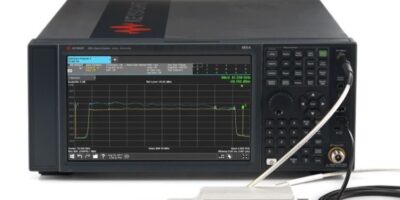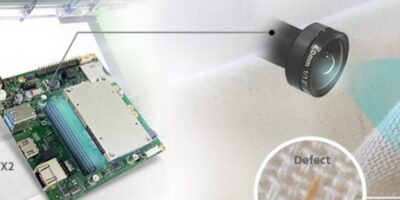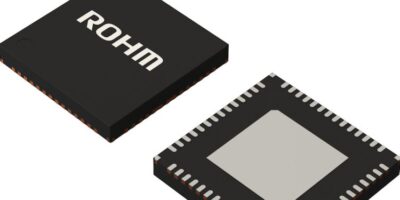Keysight Technologies has announced a collaboration with China’s automotive millimeter wave radar chipset design house, Calterah, to support the design, verification, test and launch of an automotive millimeter wave radar chipset that will drive development of the connected car supply chain.
Calterah released the ALPS family of chips which integrates high-speed ADCs, complete radar signal processing baseband and high-performance CPU core. During design and verification of this chip, Keysight supported Calterah with the company’s E8740A automotive radar signal analysis and generation instrument (pictured) solution for77GHz radar signal receiving and transmission characterisation, radar target simulation, and testing the basic radio frequency parameters of the chip.
Qitao Pan, general manager of the Automotive and Energy Solutions Group at Keysight Technologies China, said: “Keysight has delivered mature and complete testing solutions for key technologies such as millimeter wave radar, automotive Ethernet, automotive wireless interconnect and [vehicle to everything] V2X”
“ALPS is an SoC and its chip architecture and performance parameters are far superior to previous generations, ” said Dr. Wang Dian, chief mmW scientist at Calterah. “Keysight’s measurement solution covers the entire range from digital to analog to RF, ensuring the functionality and performance of each sub-module of ALPS,” he added.
Calterah Semiconductor provides 77GHz CMOS mmWave radar sensor ICs for advanced driver assistance systems (ADAS), security screening and imaging and the smart home. In 2017, the company mass-produced the first generation of 77GHz and 79GHzCMOS mmWave radar transceiver IC.
Keysight Technologies is focused on optimising networks and bringing electronic products to market faster and at a lower cost with offerings from design simulation, to prototype validation, to manufacturing test, to optimisation in networks and cloud environments. Customers span the worldwide communications ecosystem, aerospace and defence, automotive, energy, semiconductor and general electronics end markets.






